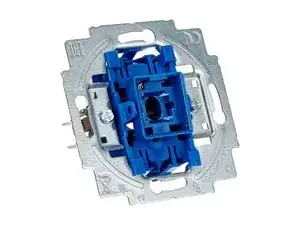
Momentary Switch
Electrical installations encompass the installation of electrical equipment, wiring, and fixtures that are designed to provide power, lighting, and other electrical services.
The development of electrical installations in the EU can be traced back to the early 20th century when electricity became a more common means of providing lighting and power in buildings. The first European Standard for electrical installations was established in 1915 by the International Electrotechnical Commission (IEC). CENELEC was later founded in 1973 to develop European standards for electrical installations.
Electrical installations in the EU must comply with the CENELEC standards, which are a set of guidelines that establish minimum requirements for the design, installation, and inspection of electrical systems. The CENELEC standards cover a wide range of topics, including electrical conductors and equipment, electrical services, overcurrent protection, grounding and bonding, and electrical safety.
In addition to the CENELEC standards, electrical installations must also comply with local building codes, which may have additional requirements or modifications to the CENELEC standards. Building codes are enforced by local building departments and typically involve a permit and inspection process to ensure compliance.
The installation of electrical systems in the EU typically involves several stages, including planning, design, installation, and inspection. The planning stage involves assessing the electrical needs of the building or structure and developing a plan for the installation of the electrical system.
The design stage involves creating detailed plans and specifications for the electrical system, including the location of electrical equipment, wiring, and fixtures. The installation stage involves the actual installation of the electrical system, which may involve the services of an electrician or electrical contractor.
After the installation is complete, the electrical system must undergo inspection to ensure that it complies with the CENELEC standards and local building codes. Once the system passes inspection, it can be energized and put into use.